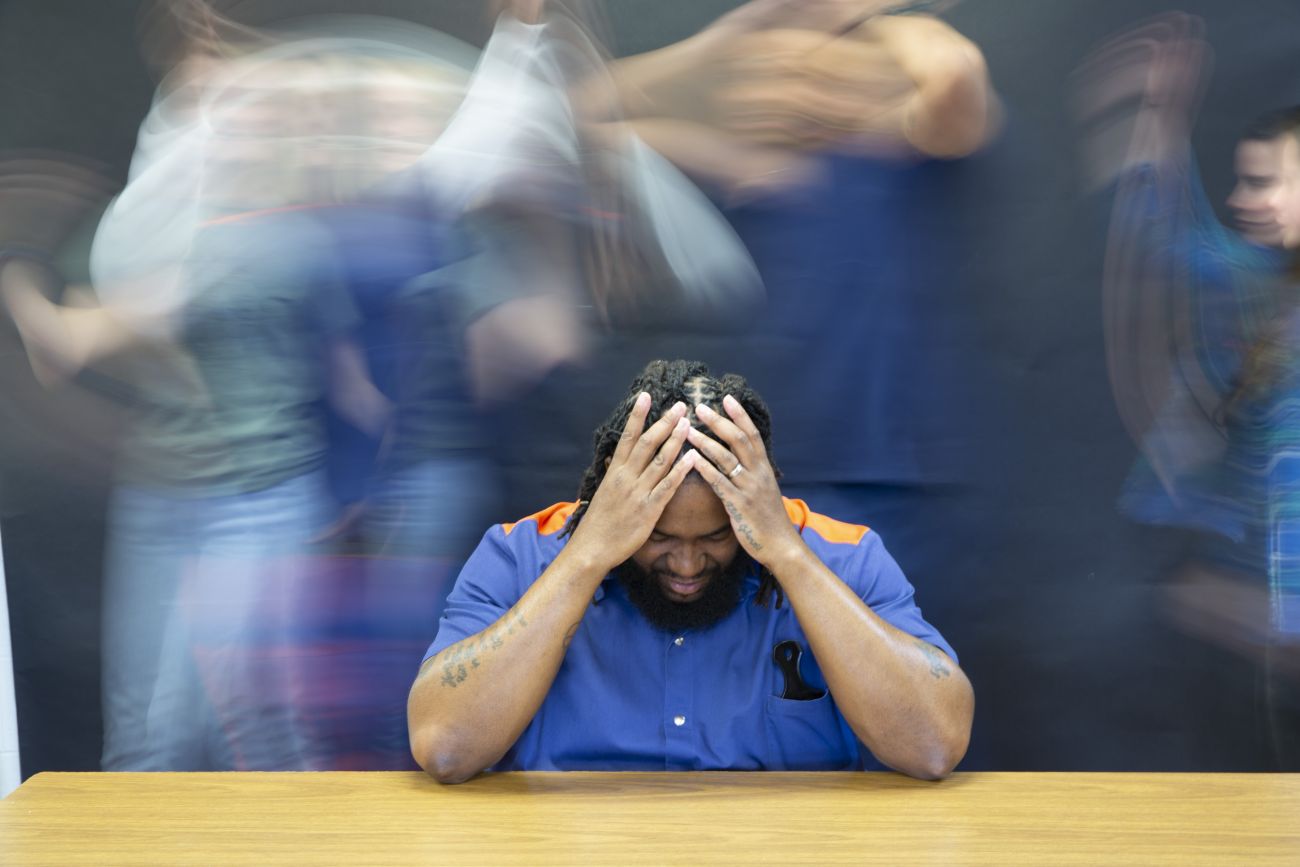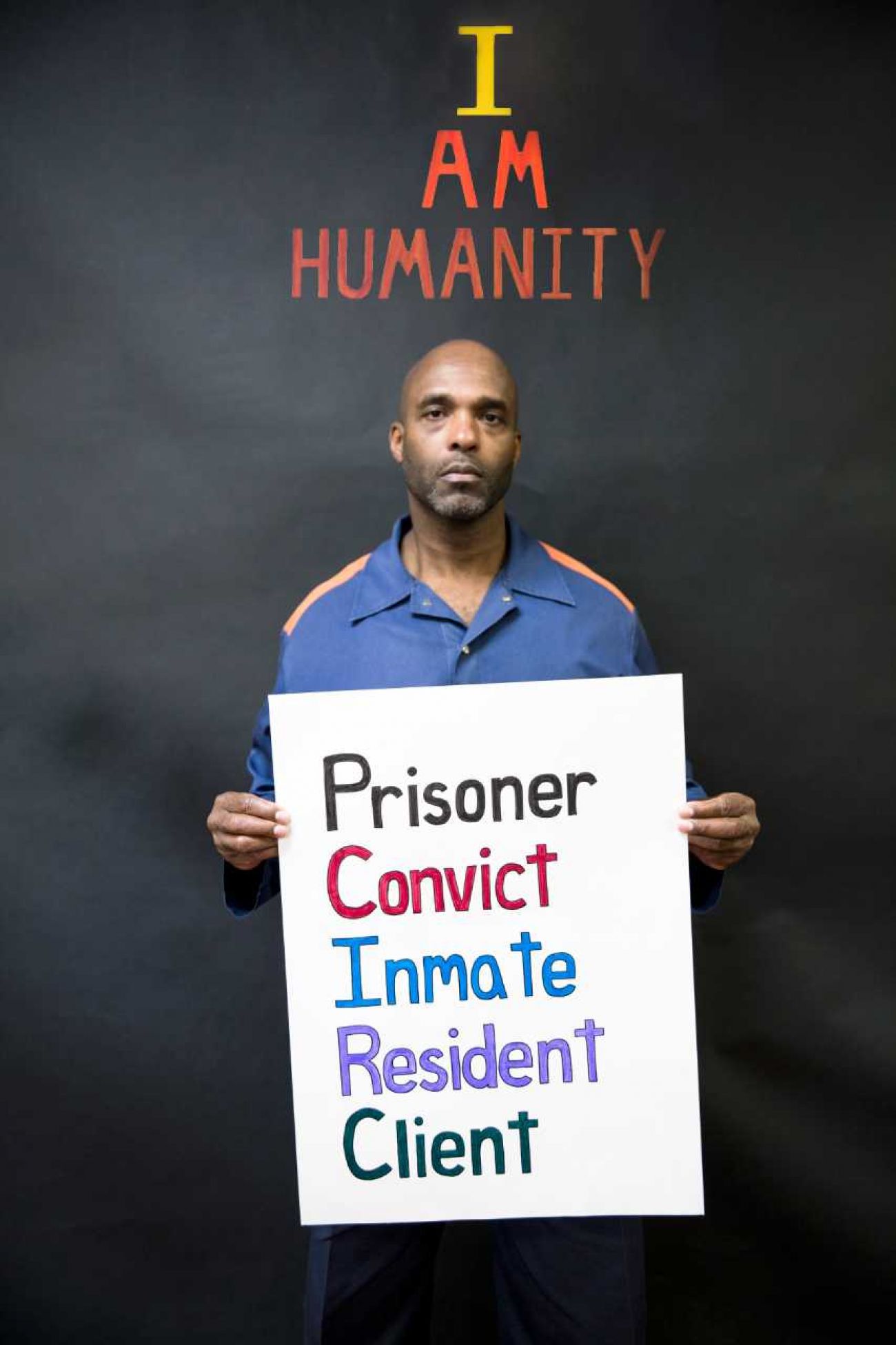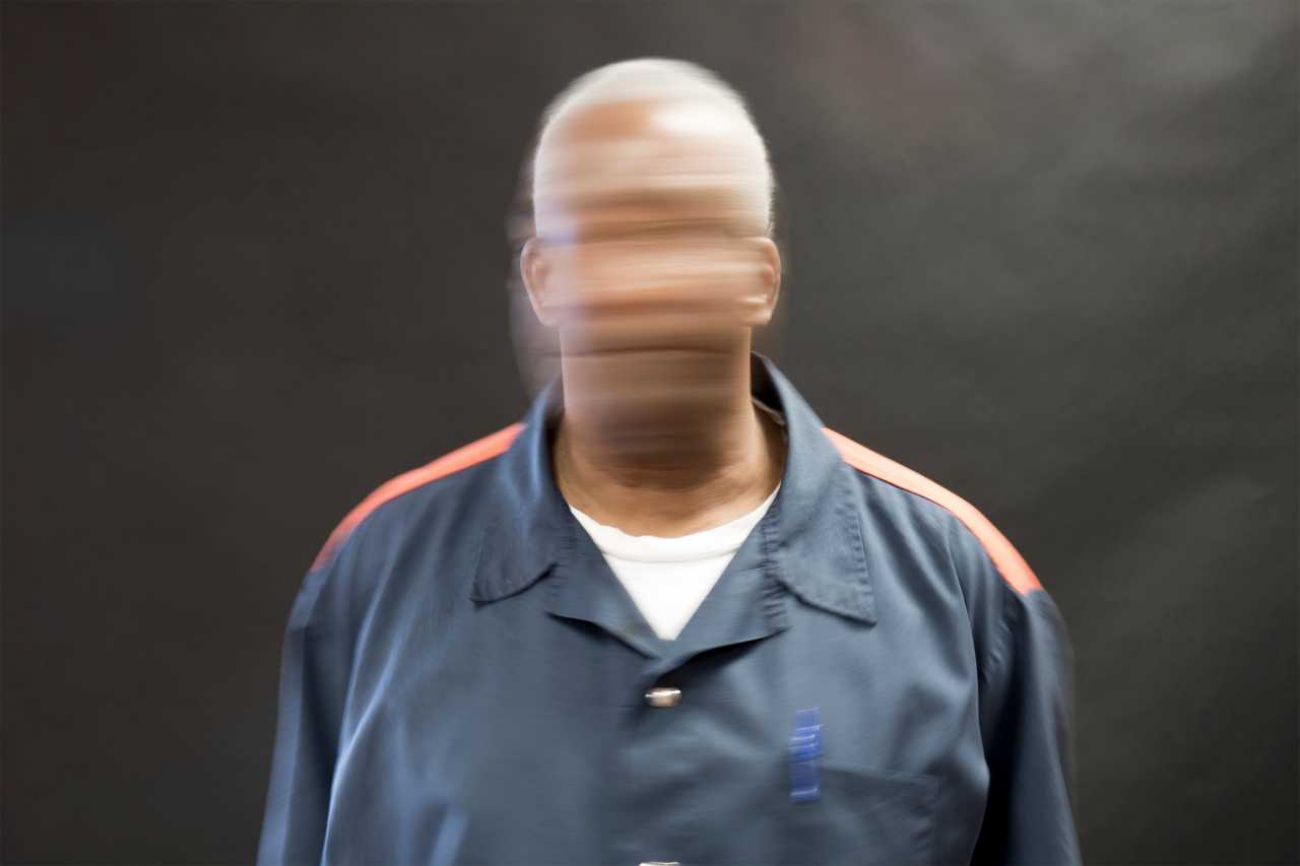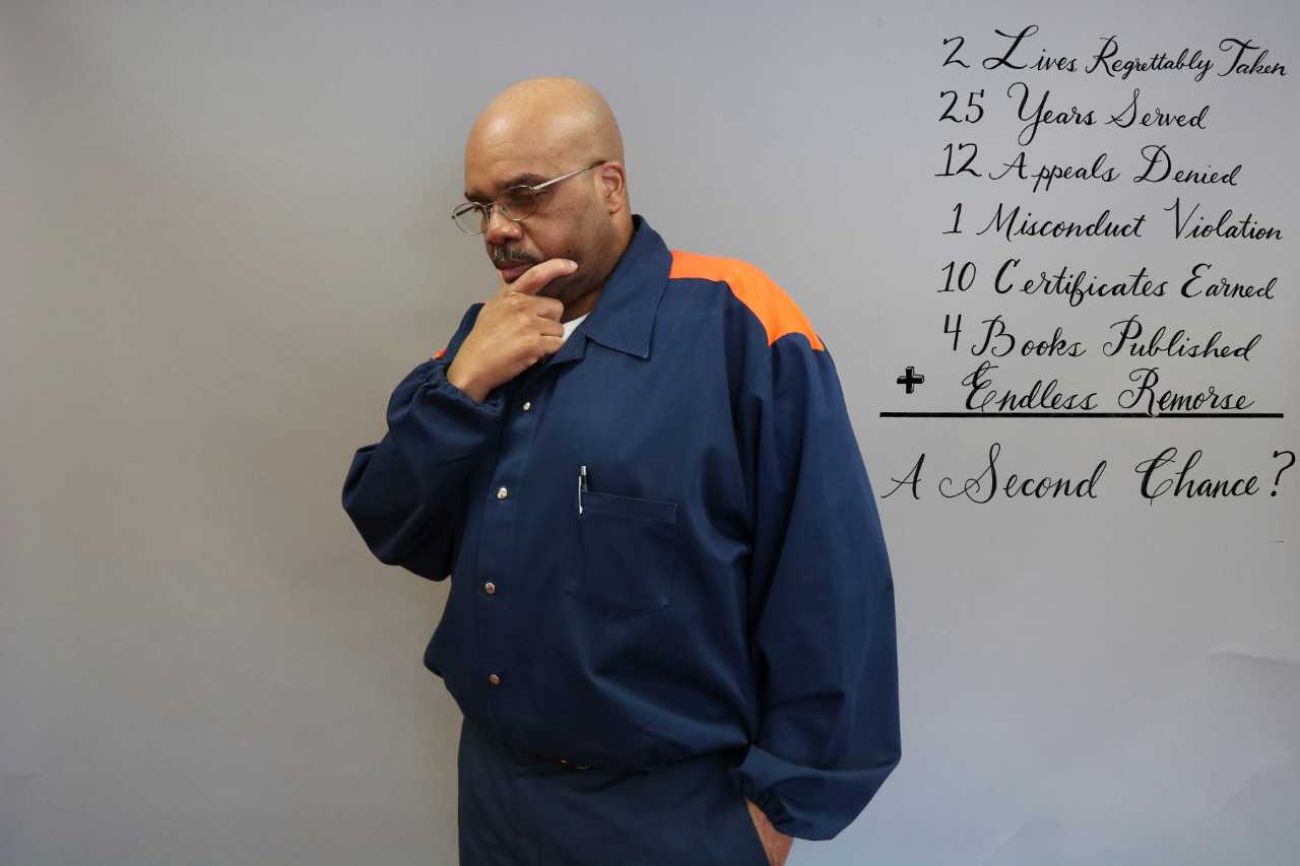Opinion | Public conversations on justice should include the incarcerated

We must make reforms not just for those who will come in contact with the criminal justice system, but also for those who have already had their lives changed through their ongoing incarceration.



Isaac Wingfield teaches photography in the Residential College at the University of Michigan and is the Visual Arts program head. His current research explores the impact of mass incarceration through images. The collaborative workshop, Humanize the Numbers, can be followed on Instagram @humanizethenumbers.
See what new members are saying about why they donated to Bridge Michigan:
- “In order for this information to be accurate and unbiased it must be underwritten by its readers, not by special interests.” - Larry S.
- “Not many other media sources report on the topics Bridge does.” - Susan B.
- “Your journalism is outstanding and rare these days.” - Mark S.
If you want to ensure the future of nonpartisan, nonprofit Michigan journalism, please become a member today. You, too, will be asked why you donated and maybe we'll feature your quote next time!

